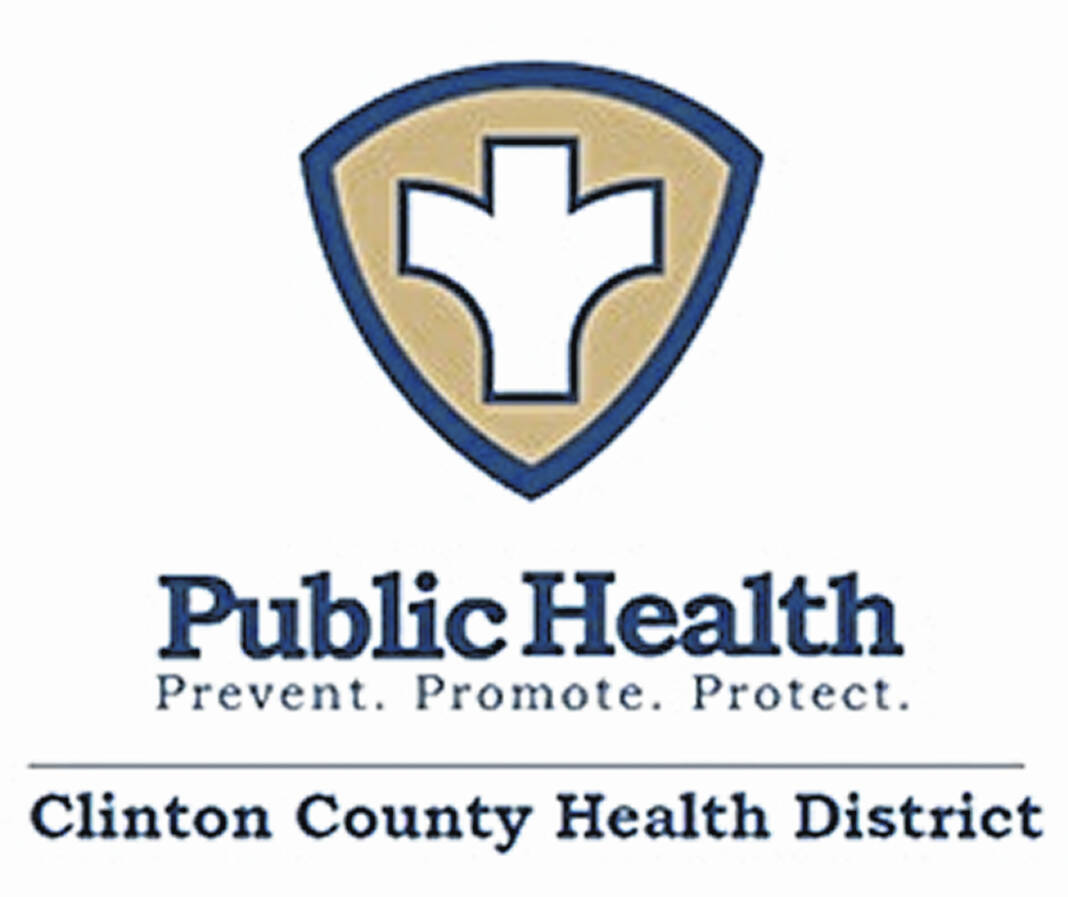
Preventing falls begins at home. Our bodies change as we age, but often our homes do not. As a result, it can become less safe to do things that used to be easy. The CDC reports that 80 percent of falls in the home occur in the bathroom. The good news is that simple changes can help your home catch up with your body’s changes.
Bathroom updates can be simple. Get a grip, plant your feet, and take a seat are all things to remember when updating the bathroom. Get a grip. Grab bars provide reliable support, such as inside and outside of the tub and shower, and next to the toilet and sink. Plant your feet. Install a non-slip mat or strips on the floor of your bathtub or shower, and a non-slip rug or mat on the floor at the entry and exit point of the shower or tub. Take a seat, and invest in a removable shower chair. Also, consider purchasing a raised toilet seat or have a comfort-height toilet installed.
Consider the lighting in your home. Older homes need more lighting, especially around walkways and stairs. Add night-lights along walkways. Use the highest wattage bulbs recommended for your fixtures. Examine your floors and make sure they are free from loose flooring that could trip you. If you must use rugs, secure them to the floor with tape or tacks. Rearrange and accessorize safely. If you find yourself walking around things to get to where you want to be, get help to move furniture around your home to create straight and clear walkways. Consider removing furniture you do not use often, to give you more room to move and use assistive devices like a cane or walker. Accessorize your home safely. Things like pillows and blankets make our homes more comfortable. When not in use, blankets should be folded and put away, and pillows should be safely stored off the floor. Keep yourself steady, use of a cane or walker might be a good idea for someone who frequently uses furniture or walls to steady themselves as they walk around their home. Be sure canes and walkers are the right size and properly adjusted. Cover your feet by wearing shoes or slippers that fit well, wrap around the heel, and have nonskid soles.
Did you know that healthy eating could also help prevent falls? After all, “you are what you eat”. Eating nutritious foods protects bones, joints and muscles and gives you strength and stamina, which ensures that you are able to stay active and independent. Your metabolism slows down as you age, so you need fewer calories than before. This means that it is more important to choose foods that give you the best nutritional value. Look for 5g or less of sugar and fat and 5g or more of fiber and protein. Choose foods that are calcium-rich and low in salt. Vitamin D is an important mineral needed as we age. Drinking plenty of water to stay properly hydrated prevents low blood pressure, dizziness, fatigue and confusion.
A single fall can change someone’s life significantly and make him or her more reliant on others for help. As someone who cares for or about an older loved one, you need to find a balance between ensuring your loved one is safe and respecting their right to make decisions for themselves. Bring the topic up often with your loved one and be persistent, but respectful. If they say, they do not want to talk about it, that is OK, but bring the topic up again. Do not let them develop a fear of falling. Help them to remain active. Encourage appropriate use of assistive devices. Promote good nutrition. Stay hydrated!
Sources: www.steadyu.ohio.gov
www.aging.ohio.gov
Michaella Quallen is with the Clinton County Health District.

